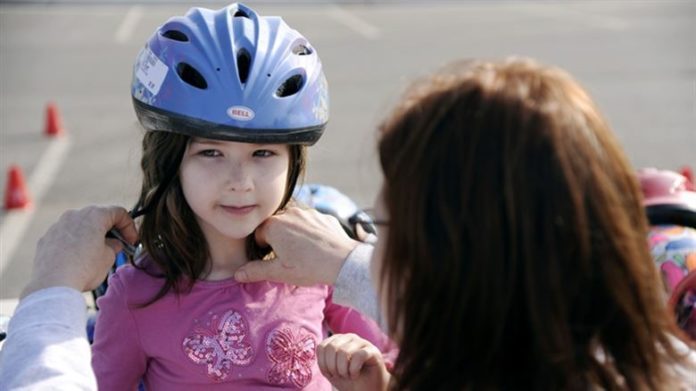New guidelines for children from the US Centers for Disease Control (CDC) may spark a global shift in treatment for concussions, according to a University of Calgary researcher. The new guidelines are expected to cater to the milder subset of concussions that compose the majority of cases and do not require the same intensity of treatment as more serious brain injuries.
The guidelines feature recommendations on the diagnosis, prognosis, and treatment of concussions in children, and are based on a critical review of over 20 years worth of “rigorous” scientific research.
Concussions, also known as mild traumatic brain injuries, have been defined as scoring between 13 and 15 on the Glasgow Coma Scale. Injuries rating at this range on the scale are characterized by “relatively brief (if any) unconsciousness or post-traumatic amnesia, and a common set of clinical signs and symptoms.”
Over 800,000 children are treated for brain injuries of varying degrees of severity every year in the US. With these new guidelines, the team believes that kids suffering milder concussions can be diagnosed and treated more accurately and efficiently by caregivers.
“Healthcare providers will now be equipped with the knowledge and tools they need to ensure the best outcomes for their young patients who sustain a [concussion],” says Deb Houry, director of the CDC’s National Center for Injury Prevention and Control in an accompanying press release.
University of Calgary researcher and co-author, Keith Yeates, commented that the new recommendations will improve the level of care for patients: “What we hope they do will affect how kids with concussions and mild traumatic brain injury are cared for — not just in the United States but hopefully have an impact worldwide.”
Appropriate care for the appropriate level of injury
A core aim of the review was to establish a clinical framework for health professionals to both assess the scale of injury and better predict recovery times and outcomes.
As such, recommendations include avoiding routine X-rays, blood tests, and CT scans for concussions, restricting them to more serious cases. This is desirable because it would limit the amount of exposure young patients have to radiation, not to mention avoiding what can be disturbing experiences for kids.
Other recommendations include using an age-appropriate, symptom validated age rating scale in tandem with the Standardized Assessment of Concussion.
The guidelines recommend a rest period for kids recovering from a concussion of between one and three days, which corresponds with the existing standard. They also note that doctors should reassure parents that symptoms should dissipate between one and three months after injury.
In turn, the report suggests that signs of a more serious injury – vomiting, severe and worsening headaches, and a loss of consciousness – should warrant more intensive care.
Speaking to the CBC, Yeates said that the number of reported concussions in Canada has doubled within the last decade, and that some estimates suggest there are around 250,000 annual cases. The real figure may differ because not all will seek medical help.








































